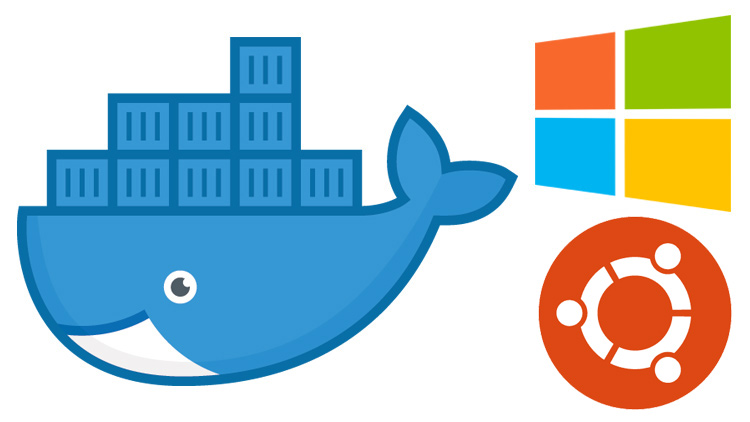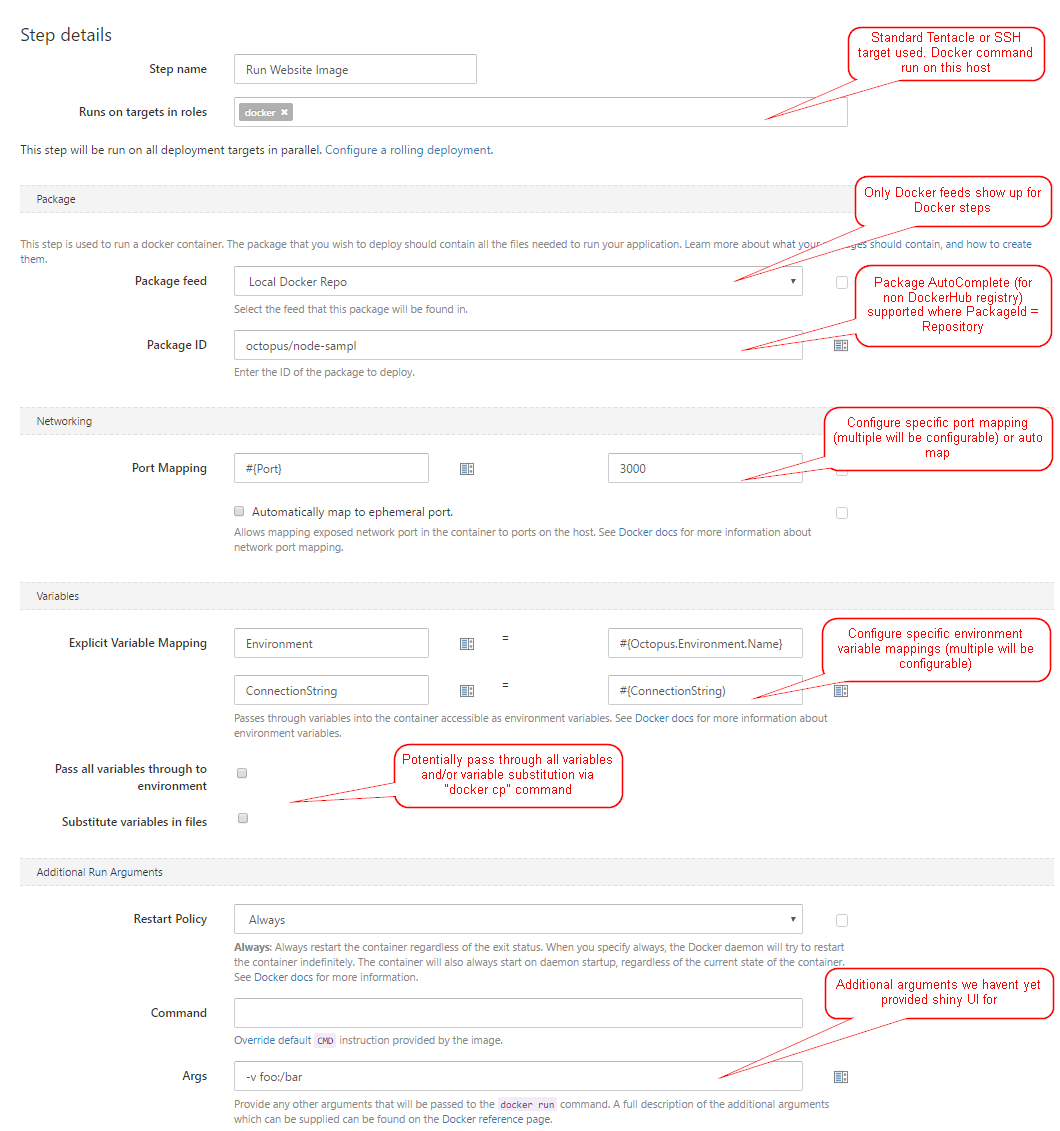

- Docker run image daemon expose port install#
- Docker run image daemon expose port software#
- Docker run image daemon expose port free#
It also has two flavors, "stable" and a "dind" (Docker-in-Docker). Here we discuss the introduction to dockerfile along with step by step working, advantages and respective examples.There exists on Docker hub a Docker image called docker. There are many more directives available to use in Dockerfile. We can use ‘docker commit’ after making required changes to the container to create a Docker image as well but it is not recommended as we miss to take the advantages mentioned above about Dockerfile. It also helps in faster image building by using cache.
Each instruction in Dockerfile creates a layer in the Docker image that is useful to understand what image is doing behind the scene by checking the history of the image. We can share Dockerfile easily with other teammates or groups even if we do not have a central registry for images. and take advantage offered by those tools like version control, branching, etc. We can keep Dockerfiles on any source control management tools like git, svn, etc. It saves our time by automating all the steps with sets of instructions that gets executed during the build so we do not have to manually make the changes to the container and commit it. Let’s build the Docker image using above sample Dockerfile using below command: We use the flag ‘–entrypoint’ to override the ENTRYPOINT instruction while running the container using ‘docker run ’ command. If we pass command line argument while running the container using ‘docker run ’ command, specified command gets appended after all elements in an exec form ENTRYPOINT. It has two forms, one is ‘exec’ and another one is ‘shell’ form. We can use ENTRYPOINT instruction that allows creating an executable container. Also if we specify any command while running the container, the specified command will take precedence and CMD instruction will not get executed. We should define only one CMD in a Dockerfile, however if we define multiple CMD instructions in a Dockerfile, then only last CMD will get executed. It defines what would get executed when a container gets created using the Docker image or simply it provides default for an executing container. In the above example, the container will listen on port 80 if it is created using the image that is built by above Dockerfile and that must be exposed while creating a container to access it externally. It provides a general information about the port if we run a container using this image. It does not expose the port while building the image. In the above Dockerfile, index.html file from localhost has been added to the current working directory of Docker image.ĮXPOSE instruction tells about the port on which a container listens for connections. COPY instruction has similar functionality however, ADD has some other features as well like tar extraction and remote URL support. It is used to add files from local host to the Docker image. In the above example, working directory has been changed to “/var/to the working directory that is “/var/ADD It changes the current working directory in the Docker image and that can be utilized by further instruction. 
Docker run image daemon expose port install#
RUN apt-get update & apt-get install –y \ We can run separate long or complex RUN instruction in multiple lines using a backslash as below:

RUN instruction is used to execute shell command in the new layer and commit the result in a new Docker image. If we do not use equal (=) sign then it allows a single variable as shown in the above Dockerfile. It has key-value pairs and we can set multiple variables using “=”. It is used to set the environment variable while creating a Docker image. Other instruction mentioned in the Dockerfile is going to modify this Docker image. In the above Dockerfile, ‘ubuntu’ is used as a base image, which is called parent image. If we want to create a base image, we use ‘FROM scratch’ in the Dockerfile. Most of the time we use an official image on which we are going to build our Docker image so that it is the base of our Docker image. Let’s see each instruction of Dockerfile mentioned in the above sample Dockerfile: 1. RUN apt-get update & apt-get install -y APP

Docker run image daemon expose port software#
Web development, programming languages, Software testing & others
Docker run image daemon expose port free#
Start Your Free Software Development Course








 0 kommentar(er)
0 kommentar(er)
